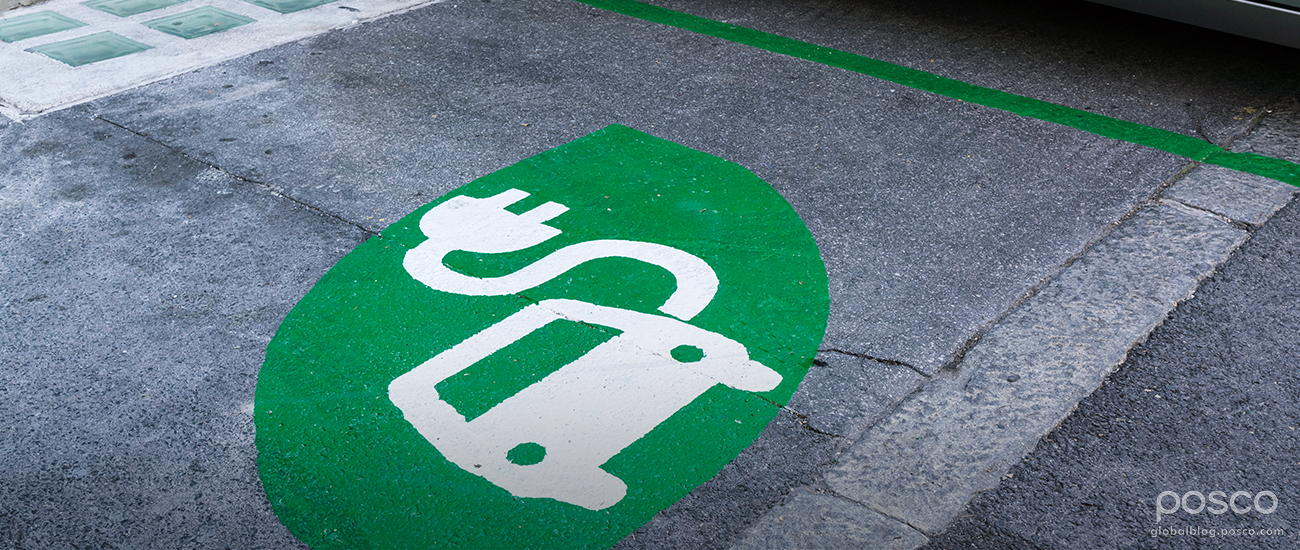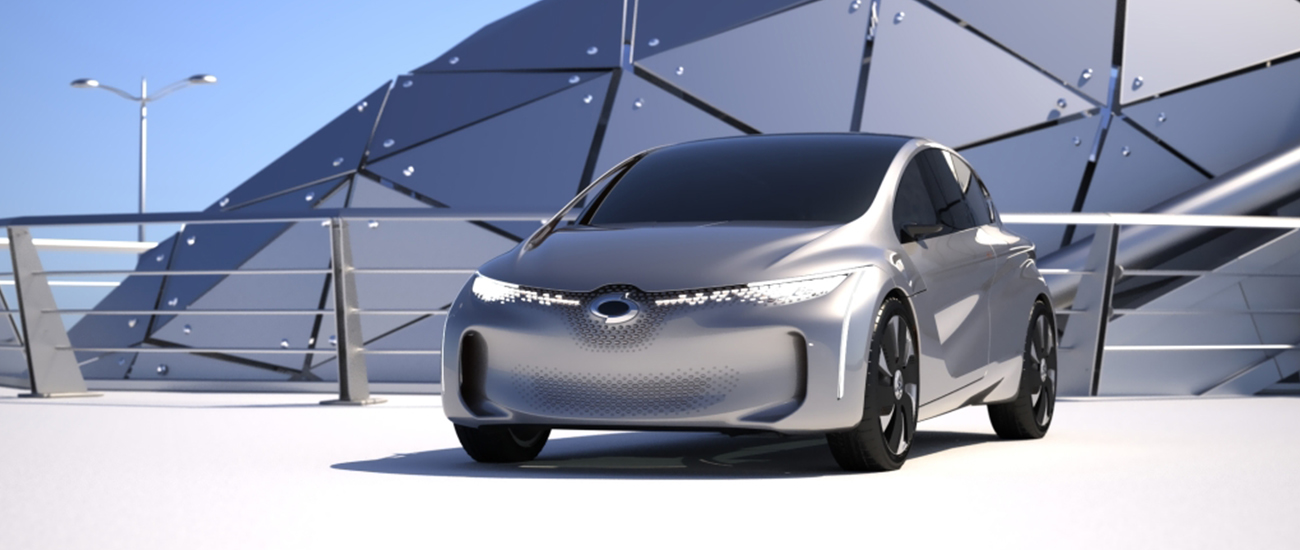This year, electric vehicles (EV) are driving the automotive industry.
When Tesla unveiled the Model 3, its low-priced EV, to promote sales, about 370,000 cars were pre-ordered globally in a single month. This was about 30,000 more than the number of Toyota Lexus models sold in the US last year.
As a result, Tesla decided to increase the vehicle production capacity to 500,000 until 2018 to keep up with the high demand of the market. This increase in vehicle production capacity is eight times more than the current vehicle production capacity, which is around 62,000 per year.
Automotive companies around the world are now rushing to getting into the game, marking the blossoming of the development of new electric vehicles. Market analysts anticipate that the EV will dominate the automotive market as quickly as smartphones transformed the mobile phone market.
Global Environmental Efforts Transform the Automotive Industry

As the main cause of global warming, cars using fossil fuels will no doubt cease to exist in the future. As a result, the world is experiencing a market shift toward electric vehicles faster than originally anticipated.
For example, EVs made up more than 19 percent of vehicles in Norway, a representative oil-producing country, by the end of 2015. Norway is also taking a legal step to ban the sales of cars that use fossil fuels starting in 2025. Other European countries including the Netherlands seem to be following this course as well. Clearly, the EV is no longer just a trend.
In addition, China—the world’s biggest automotive market—is providing subsidies (as much as $16,000 per car) to proliferate the use of EVs and mandating that these cars make up at least 50 percent of vehicle purchases by public institutions.
India, too, is changing their traffic policies regarding EVs to help reduce the country’s severe air pollution. India’s Secretary of Transportation said that the nation is establishing a strategy to ensure that all cars in India are electric by 2030. It is certainly inevitable that the electric vehicle will be the car of the future.
Reducing EV Energy Loss with Electric Steel Plate

The core parts of the EV include a motor, battery and car frame. EVs don’t have engines. Instead, the power that moves an EV comes from electricity stored in its battery.
An electric motor powers the wheels which move the car. To increase the output of the motor, the peculiar qualities of the non-directional electric steel plate has to be improved.
The output of the motor is expressed in the form of “speed of revolution x torque.” For a larger motor torque, the magnetic flux of electric steel, which is used as a core element of the motor wrapped with wire, must be high.
Also, to increase the output of the motor, the speed of revolution should be fast. This increases excitation frequency and iron loss, resulting in lower power efficiency. Therefore, in order to increase the motor characteristics, electric steel plate, which has low iron loss, should be used even in high-frequency territory.
In addition, for motors to revolve quickly, the rigidity of the electric steel plate, which is used as a rotor, must be high for it to avoid transforming. In other words, electric steel plate should be of a high quality to heighten the accelerating performance of EVs.
Material Technology That Overcomes the Limitations of EVs

One of the weaknesses of EVs is that the mileage per a single charge is short compared to diesel cars. To increase mileage, the charge rate capacity of the lithium-ion battery should be high.
The charge rate capacity is higher when more lithium-ion is available to be charged. Active materials with a wide specific surface area should be developed into cathode materials to increase the amount of lithium-ion charge for a higher charge capacity.
Also, as the demand for lithium-ion batteries has dramatically increased, the cost of lithium metal has skyrocketed due to its short supply.
Lithium salts are extracted from water in mineral springs and salt lakes like those in South America in a similar method as salt evaporation. This existing method is low in efficiency and production speed, and the produced lithium metal has a low purity of approximately 40 to 50 percent.
“LiSX” is a new method of lithium extraction that POSCO recently developed. This method can concentrate and produce lithium with more than 99.9 percent purity in a low concentrated salt lake with a lithium content of 20 parts per million (ppm) in eight hours.
The construction period of this type of production facility is short, and lithium can be produced immediately after the facility begins operation. As a result, this method is a good response to the recent changes in lithium demand.
To increase driving efficiency of EVs, the weight of a car frame should be reduced. A direct way to do this is to lighten the weight of chassis and car body materials.
steel is suitable as a chassis material to lighten the weight of automobile components and heighten the performance of crashworthiness, as it has a high formability and is two to three times stronger than general steel.
Aluminum and carbon-complex composites are currently used for parts of the body of the car, but magnesium alloy plates, which are far lighter than aluminum, are receiving attention as a future material.
There is still a need for further development and technical improvement of the electric vehicle to secure its place as the car of the future. In order to heighten the performance of the EV, material technology that can improve materials for the car frame, motor and battery is even more necessary than the development of machine techniques.
Material companies will no doubt help to improve the global traffic environment and further, work as advanced guards to improve the environment of the earth. This is why the performance of POSCO—an integrated material company—is greatly expected to make such contributions.
Written by science technology columnist Dr. Junjeong Lee
The opinions expressed in this POSCO Report piece are the author’s own and do not necessarily reflect the views of POSCO.

